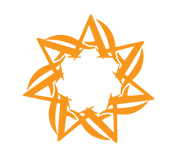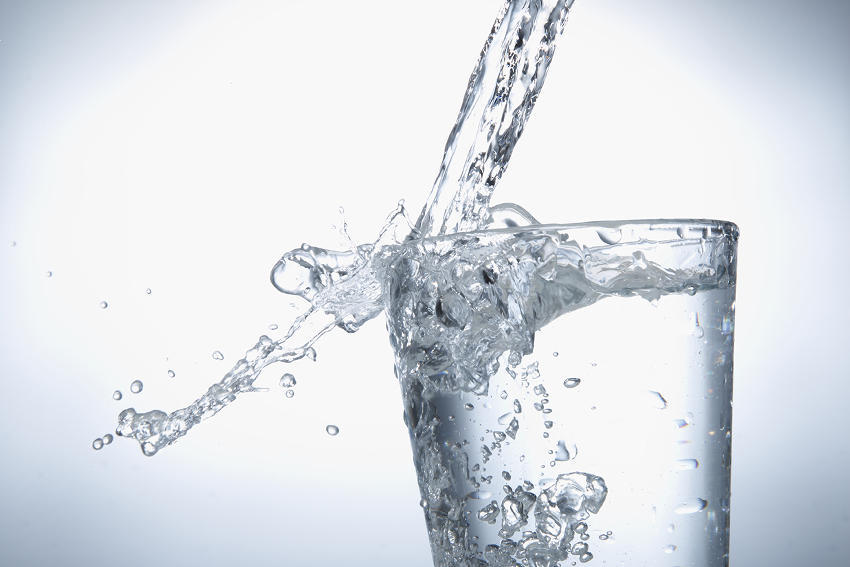From the aqueduct to the fresh water generator
For most of us living in the U.S., easy access to clean water isn’t something we need to worry about. Though there are some regions that are often struck with drought or pollution that restricts or contaminates drinking water, the majority of us don’t think twice about where we get our supply – even if we feel the need to filter it before we drink it.
This is true for most of what we call the developed world, but it wasn’t always as easy as just turning on a faucet. The process of creating our water generator here at Aldelano meant that we had to take into consideration the long history of clean drinking water. In this blog, we’ll give you a brief lesson in the development of modern water supply so you can further appreciate the convenience of our water generator.
The Wait for Water
Clean, easily accessible water is a necessity of life, and finding ways to keep a steady supply for everyone has been a constant struggle. Dating back as far as ancient Greece, people sought to filter their water through a variety of different methods: boiling and filtering it through charcoal, filtering water through beds of sand at the bottom of a cistern, and bringing in outside water supplies – one of the earliest forms of plumbing – via aqueduct.
From ancient India to ancient Rome, different methods of supply and filtration were used, although they were often limited to the more wealthy members of society due to the effort and expense involved. These systems were also not perfect. Though the Romans knew the risks of contaminated water, and already had some understanding of waterborne disease, the materials they used contributed to huge concentrations of lead. While our water generator safely extracts clean water from the air, it was a long time before filtration became truly effective.
According to Stephen Halliday in Water: A Turbulent History in 2004, by the 17th century, the growing population of London, England meant that measures had to be put in place to provide cleaner water through the immense sewer and plumbing system, which led to the development of the New River. The New River allowed for increased sedimentation and better filtration through its slow flowing, although truly effective filtration of water wouldn’t be developed until the mid 1850s, first in Berlin, Germany, before spreading throughout Europe and, eventually, the U.S., as covered by Martin Melosi in The Sanitary City: Urban Infrastructure in America from Colonial Times to the Present in 2000.
Our Water Generator: The Future of Filtration
According to Technology and Culture, authors Tarr, McCurley, McMichael and Yosie chart regulations on the cleanliness of water that were introduced in the U.S. in the early 1900s, in a push to eliminate water-borne illness. Sickness from contaminated water is a major threat where clean water isn’t made available: typhoid, cholera, yellow fever, botulism, e.coli, dysentery are just a few of the potentially life-threatening illnesses carried in dirty water, as listed by the Centers for Disease Control and Prevention.
While the U.S., Europe, and other western countries have enjoyed the benefits of clean water for centuries, many third world countries are still without an accessible and safe supply. At Aldelano, we created our water generator to provide exactly that – producing 50 gallons of water a day out of thin air. This water is clean and safe to drink with no cost to those who need it the most. This blog provides you with a very brief history of clean water supply, but we encourage anyone looking into our fresh water generator to also explore more of the history of developments in clean water so you can see just how far we’ve come.

